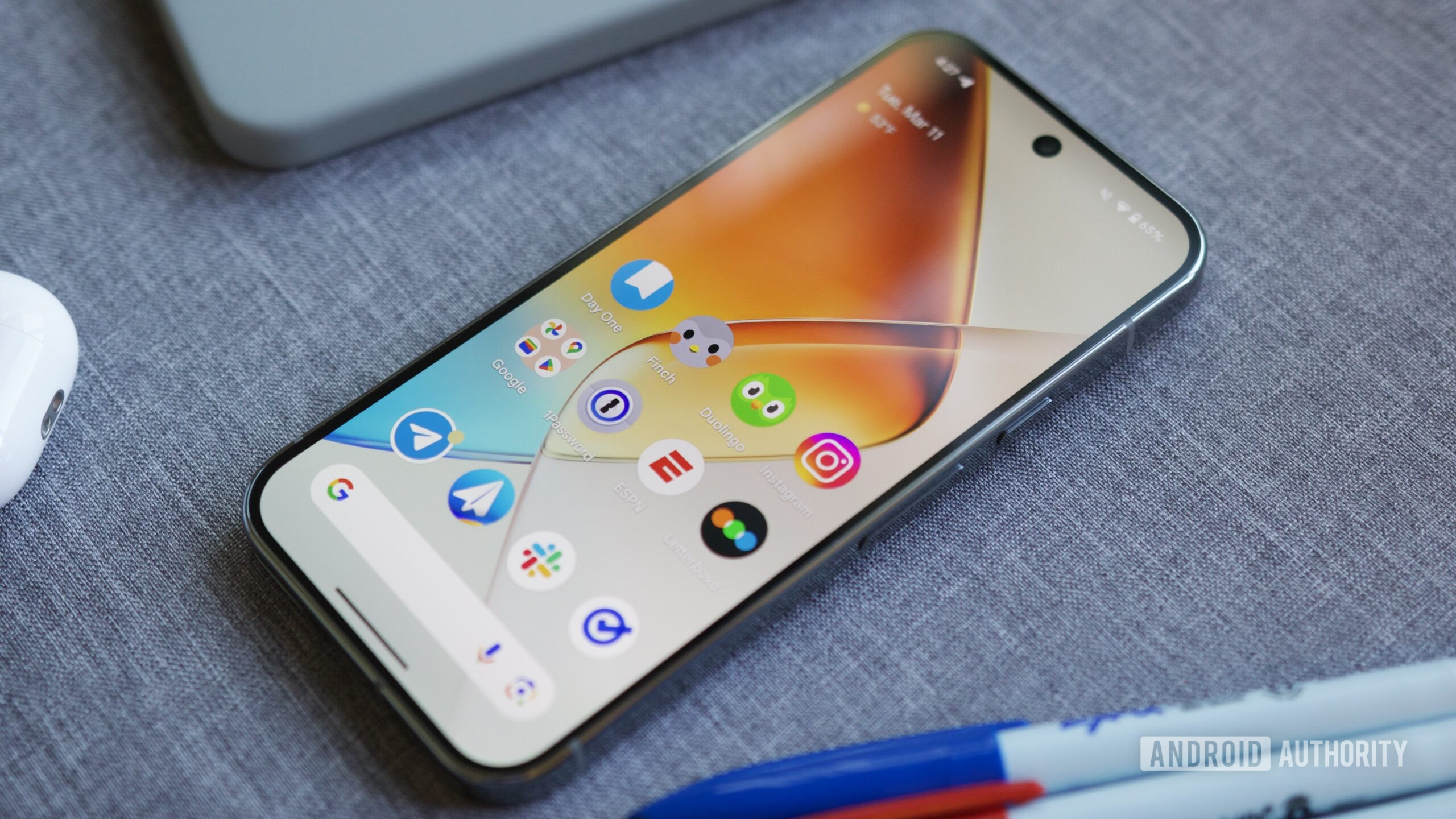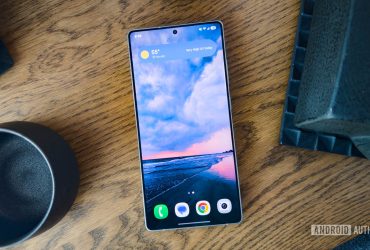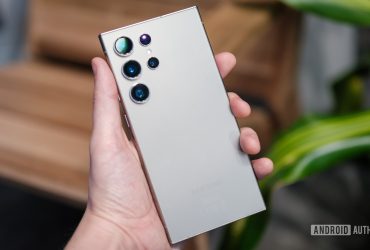Pixel 10 Series Could Finally Fix A Display Issue That’s Been Bugging Users For Years

Joe Maring / Android Authority
TL;DR
- Google has said it’s investigating PWM dimming concerns on its smartphones, with updates expected “later this year.”
- This could be a reference to the Pixel 10 series’ coming with DC dimming or other such display improvements as an alternative to PWM dimming, which can cause eye strain and headaches for some users.
The Pixel 10 series is still many months from launch, but rumors have been building up about what we can expect from the upcoming Android flagships. However, we haven’t heard much about what Google is expected to improve for the displays on the devices in the lineup until now. As it turns out, this could finally be the year when Google brings PWM dimming-related improvements to the Pixel 10 series.
Android Central had contacted Google to inquire about PWM dimming on the Pixel 9a. The company reverted with a forward-looking statement for devices coming later in the year:
Google…indicated their teams are aware and investigating this. You can expect updates later this year.
While this doesn’t directly reference the Pixel 10 series, we expect its hardware launch later this year, aligning with the above statement. Further, given the context of PWM dimming, phones need to have supported hardware to enable the feature. Unless Google has been underplaying the display capabilities of existing Pixels, which it subsequently plans to upgrade through a software update, the statement most likely refers to the Pixel 10 series.
PWM dimming, or Pulse Width Modulation dimming, is a display dimming technique that rapidly switches the light source on and off, instead of changing the voltage or current. This rapid switching is done at a high frequency, usually imperceptible to humans. However, PWM frequencies are lowered (often down to 240Hz or 480Hz) to achieve lower brightness, which can cause some people to perceive the dim display as constantly flickering. This flickering can cause eye strain, headaches, and nausea.
Some Android OEMs use DC dimming, which varies the voltage or current level, instead of PWM dimming. While Google isn’t directly confirming that it will support DC dimming, we hope to see the company adopt friendlier display dimming technology in the upcoming Pixel 10 series flagship.
Got a tip? Talk to us! Email our staff at [email protected]. You can stay anonymous or get credit for the info, it’s your choice.
What’s your reaction?
Love0
Sad0
Happy0
Sleepy0
Angry0
Dead0
Wink0









Leave a Reply
View Comments